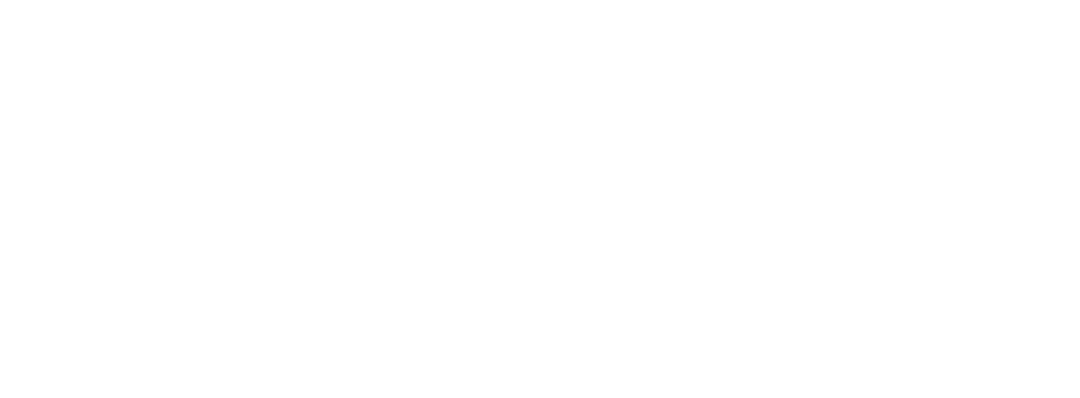Podcast: Play in new window | Download
EM Clerkship’s 10 Step Patient Presentation
- Demographics (Age, Gender, Pertinent Medical/Surgical History, Chief Complaint)
- At Least 4 Descriptors (Location, Quality, Severity, Duration, Timing, Context, Modifying Factors)
- Red Flags/Pertinent Positives and Negatives
- Vital Signs
- Focused Physical Exam of the Complaint
- Suspected Diagnosis
- Can’t Miss Diagnosis
- Testing Plan
- Treatment Plan
- (If Asked) Anticipated Disposition
Vital Signs
“Vitals in triage showed a MILD TACHYCARDIA which she still does have in room. AFEBRILE here. Otherwise stable”
Address the vital signs
It is important you mention any abnormal vital signs from triage and that you rechecked them on your examination. You do not need to repeat normal vitals and it is usually acceptable to say something like “vital signs otherwise within normal limits”
PEARL: Frequently, triage OVERESTIMATES the patient’s heart rate and UNDERESTIMATES the respiratory rate. You get serious bonus points if you recheck vitals yourself and find a true discrepancy.
Focused Physical Exam of the Chief Complaint
“Abdominal exam shows nonspecific tenderness throughout, no focal guarding or rigidity. No masses. No CVA tenderness”
A Focused Exam
A common error by medical students is that they present a brief generalized exam of each body system rather than a detailed examination of the body system most pertinent to the case.
For example, a great medical student will perform the following…
- If the patient complains of back pain: palpate the spine, perform reflexes, ambulate the patient, do a straight leg raise.
- If the patient complains of headache: test cranial nerves, visual fields, finger to nose, gait stability, motor, sensation, speech
- If the patient complains of chest pain: auscultate the heart, examine the legs for DVT, look for JVD, obtain pulses in all 4 extremities.
Suspected Diagnosis
“I don’t have any particular diagnosis that I think is most likely yet”
Identify your most suspected diagnosis (or lack thereof)
Can’t Miss Diagnoses
“We do need to rule out the life threats of ECTOPIC PREGNANCY, DKA, and APPENDICITIS“
List several pertinent life threats
List 2-3 life threats you specifically considered and which seem MOST pertinent to the patient’s specific complaint and examination. If your attending requests more, then give more as needed.
Testing Plan
“For my testing plan I would like to get a PREGNANCY TEST, ELECTROLYTES, CBC, LIPASE, LIVER FUNCTION, and a CT SCAN WITH CONTRAST “
A TESTING PLAN
Common tests for abdominal pain potentially include (but are not required)…
- CBC
- Electrolytes (CHEM, BMP)
- Liver Function Tests
- Lipase
- Urinalysis
- Urine Pregnancy Tests
- Troponin
- EKG
- CT scan with (or without) contrast
- Ultrasound (especially common with right upper quadrant pain, pelvic pain, and with pediatrics)
Treatment Plan
“For my treatment plan I would like to get her 4mg Zofran, 4mg of morphine along with some FLUIDS“
a Treatment Plan
***A COMMON MISTAKE BY MEDICAL STUDENTS IS THAT THEY GIVE A GREAT TESTING PLAN BUT FORGET TO GIVE A BASIC TREATMENT PLAN
With abdominal pain, memorize a few basic antiemetics, pain medications, and types of fluids (with doses) so that you can give a treatment plan during your shift.
(If Asked) Anticipated Disposition
“I think that if everything returns normal she should be safe for OUTPATIENT followup WITHIN THE NEXT 24 HOURS as long as she is looking OK”
ANTICIPATED DISPOSITION STATEMENT
If a patient’s tests come back normal and the patient feels better with treatment they will usually go home with close follow up (sometimes as soon as 12 hours if the physician is truly concerned, in the ED if necessary)
Additional Reading
